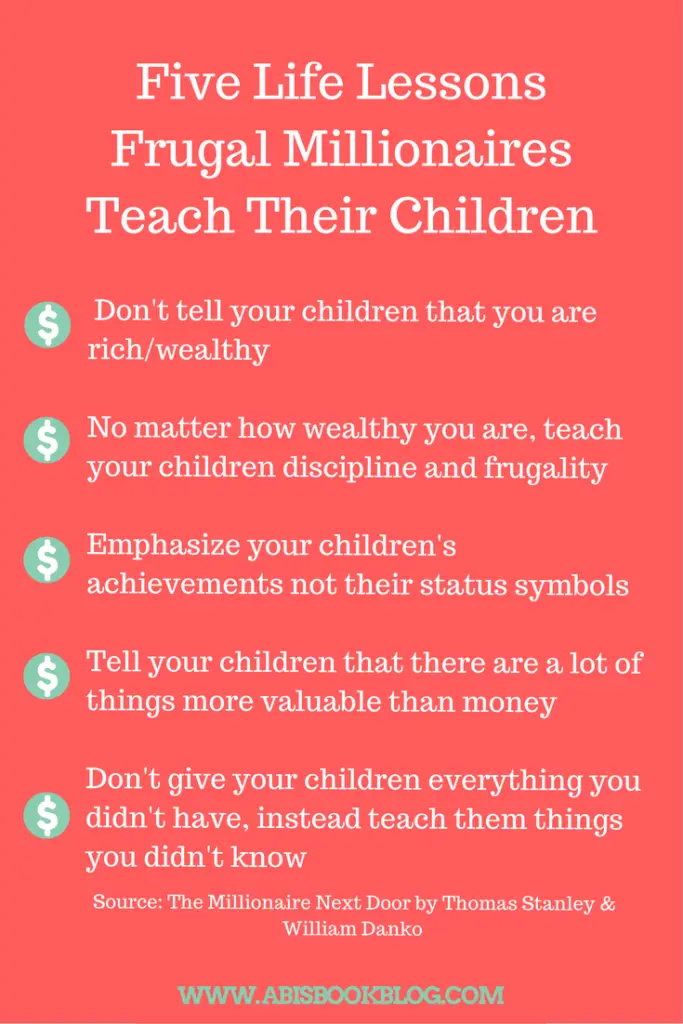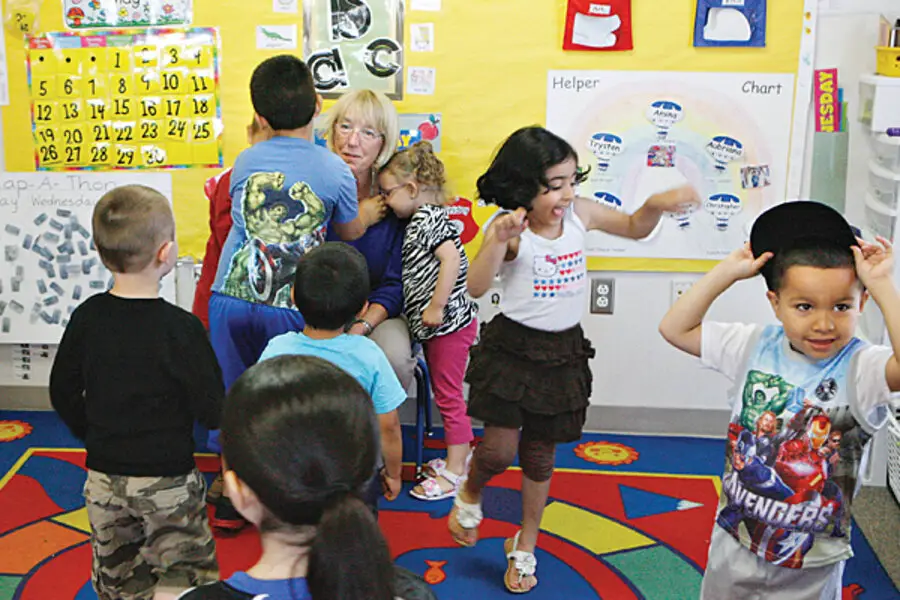Teaching frugality to children is a valuable lesson that sets them up for a successful future. In today’s consumer-driven society, it is crucial to instill in children the importance of managing their finances wisely. By introducing them to the concept of frugality from a young age, we empower them to make smart decisions about money and develop lifelong habits that will serve them well. In this article, we’ll explore effective strategies for teaching frugality to children and how it can positively impact their lives.
The Importance of Teaching Frugality to Children
Teaching frugality to children is an essential aspect of their financial education, as it sets a strong foundation for their future financial well-being. By instilling in them the value of money and responsible spending habits, we empower them to make informed financial decisions throughout their lives. In this article, we will explore various strategies and lessons that can help children develop a thrifty mindset and cultivate a healthy relationship with money.

Setting a Strong Financial Foundation
One of the most effective ways to teach frugality to children is by leading by example. Children are highly observant and learn a great deal from observing their parents’ actions. By demonstrating financial responsibility in our own lives, we show them the importance of living within our means, avoiding unnecessary debt, and making wise financial choices.
Building Responsible Spending Habits
To build responsible spending habits, it is crucial to teach children the value of money from an early age. Starting early allows them to develop a better understanding of the relationship between work and money. By introducing basic concepts such as earning, saving, and spending, we can help them grasp the importance of making thoughtful decisions about their finances.
Showing Financial Responsibility
One of the key lessons in teaching frugality is helping children understand the significance of financial responsibility. By involving them in the family budgeting process, such as discussing the household expenses and income, children can gain a deeper understanding of the financial obligations faced by the family. This involvement fosters a sense of responsibility and encourages them to make more prudent spending choices.
Demonstrating Smart Shopping
In addition to financial responsibility, it is essential to teach children the art of smart shopping. By including them in grocery shopping trips or other necessary purchases, we can teach them to compare prices, look for sales, and make cost-effective choices. Explaining the thought process behind these decisions helps them develop critical thinking skills and a discerning approach towards their own spending habits.

Introducing Basic Concepts
Introducing basic financial concepts to children lays the groundwork for their understanding of money management. By explaining the difference between needs and wants, they can begin to prioritize their spending and make informed choices. It’s important to emphasize that needs are essential for survival and well-being, while wants are desires that may not be necessary for a fulfilling life.
Teaching the Value of Money
Teaching children the value of money goes beyond just explaining its monetary worth. It involves imparting lessons about the effort and hard work that goes into earning money. By assigning tasks and chores, children can learn the value of their time and effort and how it translates into monetary reward. This understanding not only fosters a sense of responsibility but also encourages them to make considered decisions about spending and saving.

Budgeting Basics
A fundamental aspect of frugality is the ability to create a budget and stick to it. Introducing children to budgeting teaches them the importance of planning, setting financial goals, and tracking their expenses. By involving them in the budgeting process, they learn that every dollar has a purpose and that mindful spending leads to financial security and peace of mind.
Understanding Needs vs. Wants
Understanding the distinction between needs and wants is a crucial pillar of frugality. By teaching children that needs should always take priority over wants, they develop the ability to differentiate between essential and non-essential purchases. This skill will serve them well in making wise financial decisions and avoiding unnecessary expenses in the future.

The Power of Compound Interest
Teaching children about the power of compound interest is a valuable lesson that can benefit them for a lifetime. Explaining how saving and investing their money can lead to growth over time helps them understand the benefits of long-term financial planning. By demonstrating the potential growth of their savings through compound interest, children are motivated to save and invest wisely.
Encouraging Savings Goals
Supporting children in setting savings goals is an effective way to develop their frugal mindset. By helping them identify something they want to save for, be it a toy, a book, or an experience, they learn the importance of delayed gratification and the reward that comes from disciplined saving. Encouraging them to set aside a portion of their money for savings nurtures their sense of financial responsibility and self-discipline.

Learning to Wait for Rewards
Delayed gratification is a vital lesson in teaching frugality. By teaching children the value of waiting for rewards, they develop patience and self-control. Delayed gratification enables them to prioritize their needs, evaluate the importance of their wants, and make thoughtful decisions about their spending. This valuable skill cultivates a mindset focused on long-term financial success rather than instant gratification.
Avoiding Impulse Buying
Impulse buying is a common pitfall that many people fall into, regardless of age. By teaching children to recognize and avoid impulse buying, we equip them with the tools necessary to make thoughtful and deliberate spending choices. Encouraging them to take a moment to think before making a purchase, especially for non-essential items, helps instill in them the value of intentional spending and the avoidance of unnecessary expenses.
Teaching the Value of Research
Comparison shopping teaches children the value of research and the importance of finding the best deals before making a purchase. By introducing them to the concept of comparing prices, reading reviews, and looking for discounts, we empower them to be informed consumers. This skill not only contributes to their frugal mindset but also instills a sense of independence and resourcefulness in their financial decision-making.
Finding the Best Deals
Alongside teaching the value of research, showing children how to find the best deals is a valuable lesson in frugality. By demonstrating strategies such as using coupons, taking advantage of sales, and seeking out discounted items, we empower them to make cost-effective choices. This skill ensures that they are getting the most value for their money and encourages them to be mindful consumers.
Valuing Long-Term Durability
In a world of consumerism, it is essential to teach children the importance of valuing long-term durability over short-lived trends. By encouraging them to prioritize quality over quantity, they learn to make informed decisions about their purchases. Teaching them to consider the longevity of a product and its potential for multiple uses cultivates a sustainable mindset and helps them avoid the trap of excessive consumerism.
Avoiding Excessive Consumerism
Excessive consumerism is a prevalent issue in today’s society. By emphasizing the value of quality over quantity, we teach children to be thoughtful and intentional consumers. It is important to encourage them to consider the environmental impact of their purchases, the ethical implications of supporting certain brands, and the long-term satisfaction derived from owning fewer but meaningful possessions. By doing so, we instill in them a sense of responsibility towards the planet and a healthier relationship with material possessions.
Repurposing and Recycling
Developing a thrifty mindset involves teaching children how to repurpose and recycle items. By encouraging creative thinking and demonstrating how to give new life to old possessions, we foster resourcefulness and reduce waste. In doing so, children learn to be mindful of the environmental and financial impact of their actions, making them more conscientious and frugal individuals.
Avoiding Waste
A crucial aspect of frugality is teaching children to avoid waste. Whether it is saving leftover food, reusing items, or turning off lights when not in use, teaching children the importance of these habits helps them develop an appreciation for the resources they have. By minimizing waste, they not only cultivate a frugal mindset but also contribute to a more sustainable future.
Sharing Resources with Others
Teaching philanthropy is an integral part of instilling a frugal mindset in children. By introducing them to the concept of sharing resources with others, they learn the value of generosity and empathy. Encouraging them to donate toys, clothing, or their time to those in need demonstrates the importance of giving back and helps them develop a sense of gratitude for what they have.
Instilling Empathy and Generosity
By teaching children to be generous with their resources, we instill in them a sense of empathy and compassion. This lesson encourages them to consider the needs of others and to help where they can. By developing a mindset focused on giving back and making a positive impact on the world, children grow into responsible and compassionate adults.
In conclusion, teaching frugality to children is not simply about saving money or making smart financial decisions. It is about empowering them to develop a healthy relationship with money and to make thoughtful choices that align with their values and long-term goals. By setting a strong financial foundation, introducing them to budgeting, teaching them the value of money, and encouraging responsible spending habits, we equip children with the tools necessary for financial success and a sustainable future.

